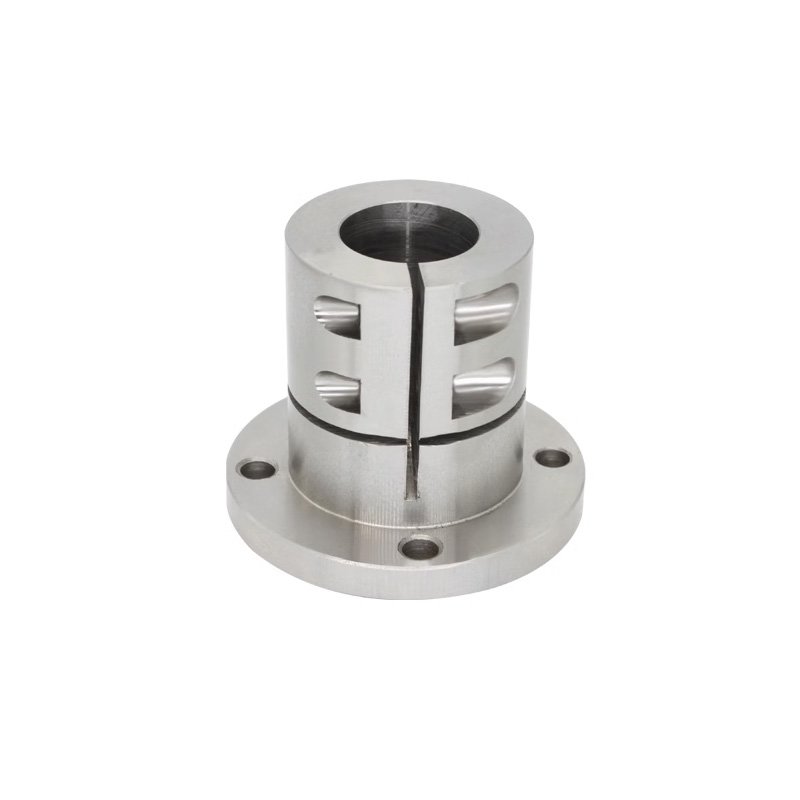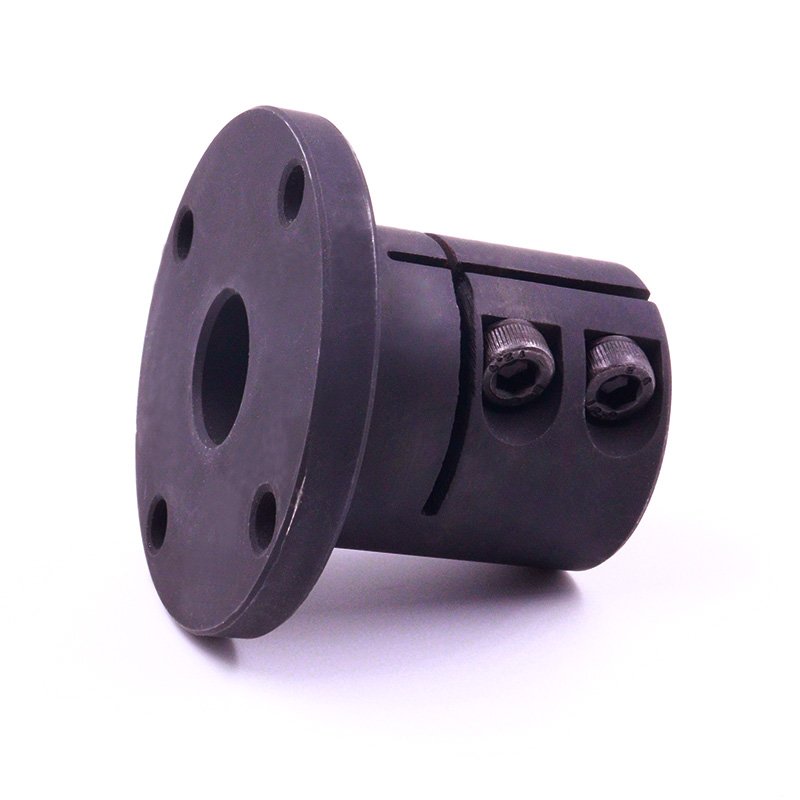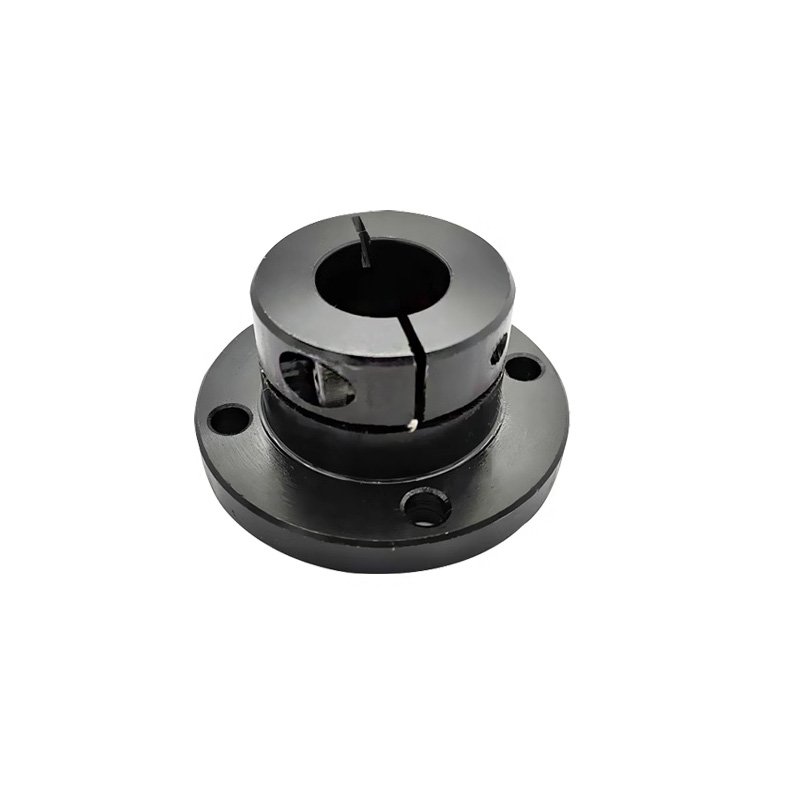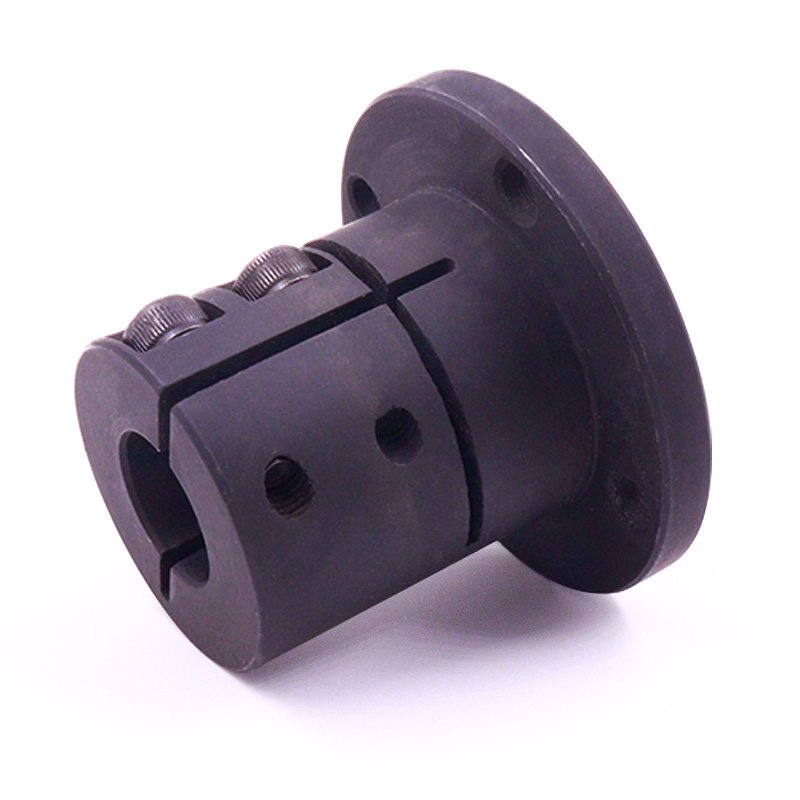Pillar fixing clamps are essential mechanical components designed to securely hold and position pillars, columns, or posts in a wide range of industrial and structural applications. These clamps provide a robust and adjustable solution for mounting equipment, fixtures, and structures, ensuring stability and precision. This article provides a detailed overview of pillar fixing clamps, their types, applications, and key considerations for selection and use, based on real-world data and examples.
What Are Pillar Fixing Clamps?
Pillar fixing clamps are mechanical devices specifically engineered to grip and secure pillars, columns, or posts firmly in place. They are widely used in applications where adjustable positioning and secure mounting are critical. Pillar fixing clamps are available in various designs and materials to accommodate different load capacities, environmental conditions, and installation requirements.
Key Features of Pillar Fixing Clamps
- Secure Grip: Provide a firm and stable hold to prevent movement or slippage.
- Adjustability: Allow for easy repositioning and height adjustment of pillars or posts.
- Versatility: Compatible with a wide range of pillar diameters and shapes.
- Durability: Made from robust materials like steel, stainless steel, or aluminum for long-lasting performance.
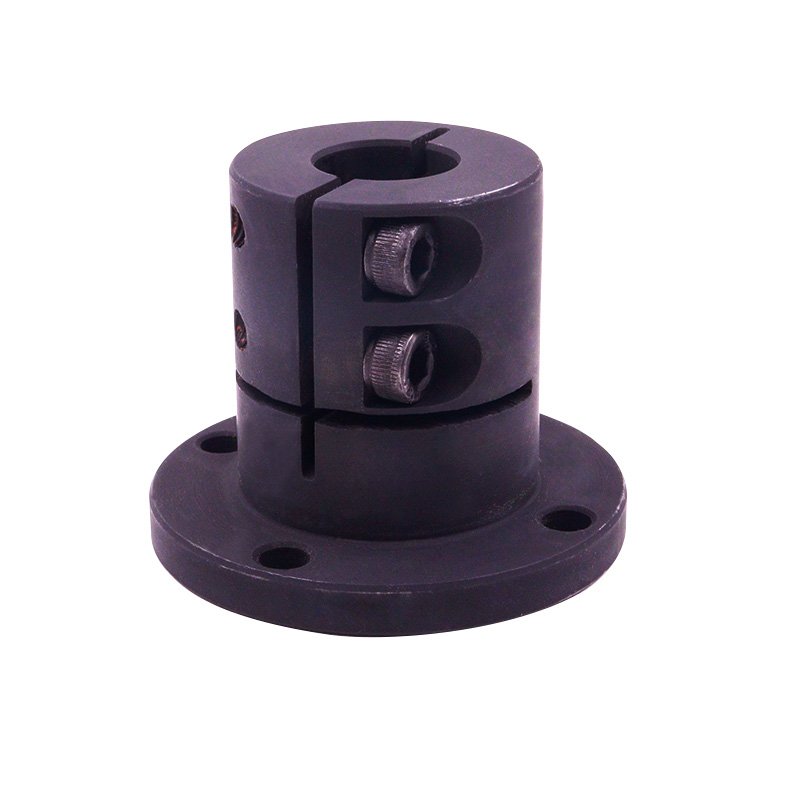 Types of Pillar Fixing Clamps
Types of Pillar Fixing Clamps
Pillar fixing clamps come in various designs to suit different applications and mounting requirements. Below are some of the most common types:
1. Single-Bolt Pillar Fixing Clamps
- Design: Feature a single bolt for quick and easy installation.
- Applications: Ideal for lightweight applications where frequent adjustments are needed.
2. Double-Bolt Pillar Fixing Clamps
- Design: Equipped with two bolts for enhanced stability and load capacity.
- Applications: Suitable for medium to heavy-duty applications requiring a secure grip.
3. Split-Type Pillar Fixing Clamps
- Design: Consist of two halves that clamp around the pillar, allowing for easy installation and removal.
- Applications: Used in applications where pillars need to be frequently repositioned or replaced.
4. Heavy-Duty Pillar Fixing Clamps
- Design: Built with reinforced materials and additional bolts for maximum strength.
- Applications: Ideal for heavy-duty industrial applications, such as securing large machinery or structural components.
5. Adjustable Pillar Fixing Clamps
- Design: Feature sliding or telescoping mechanisms for height and position adjustment.
- Applications: Used in applications requiring precise positioning, such as in automation systems or workstations.
Applications of Pillar Fixing Clamps
Pillar fixing clamps are used across a wide range of industries and applications, including:
1. Industrial Machinery
- Example: Used to secure and position machine columns, tooling fixtures, and robotic arms.
2. Construction
- Example: Provide temporary support for scaffolding posts or structural columns during construction.
3. Automation Systems
- Example: Used to mount sensors, cameras, or other equipment on adjustable pillars.
4. Workstations
- Example: Secure and adjust monitor arms, lighting fixtures, or ergonomic tools in office or factory settings.
5. Medical Equipment
- Example: Used to mount and adjust medical devices, such as IV stands or surgical lights.
Selection Criteria for Pillar Fixing Clamps
When selecting pillar fixing clamps, consider the following factors:
1. Load Capacity
- Lightweight: Single-bolt clamps are suitable for light loads.
- Heavy-Duty: Double-bolt or heavy-duty clamps are required for larger loads.
2. Pillar Diameter
- Compatibility: Ensure the clamp is compatible with the diameter of the pillar or post.
3. Material
- Steel: Offers high strength and durability for industrial applications.
- Stainless Steel: Provides corrosion resistance for harsh environments.
- Aluminum: Lightweight and ideal for applications requiring frequent adjustments.
4. Adjustability
- Fixed vs. Adjustable: Choose adjustable clamps for applications requiring frequent repositioning.
5. Environmental Conditions
- Corrosion Resistance: Select stainless steel or coated clamps for outdoor or corrosive environments.
Installation and Maintenance Tips
1. Installation
- Alignment: Ensure the pillar is properly aligned before tightening the clamp.
- Torque: Use the recommended torque settings to avoid over-tightening or under-tightening.
2. Maintenance
- Inspection: Regularly check for signs of wear, corrosion, or loosening.
- Lubrication: Apply lubricant to moving parts to ensure smooth operation.
Common Issues and Solutions
1. Slippage
- Issue: Pillar fixing clamps may slip if not tightened properly.
- Solution: Use double-bolt clamps or apply thread-locking adhesive.
2. Corrosion
- Issue: Steel clamps may corrode in humid or corrosive environments.
- Solution: Use stainless steel or coated clamps for better corrosion resistance.
3. Overloading
- Issue: Exceeding the load capacity can damage the clamp.
- Solution: Choose clamps with a higher load rating for heavy-duty applications.
Conclusion
Pillar fixing clamps are indispensable components for secure mounting and positioning in a wide range of industrial and structural applications. By understanding the different types, selection criteria, and maintenance practices, you can ensure optimal performance and longevity of your installations. Whether you’re working in industrial machinery, construction, or automation systems, pillar fixing clamps are a critical part of your success.

